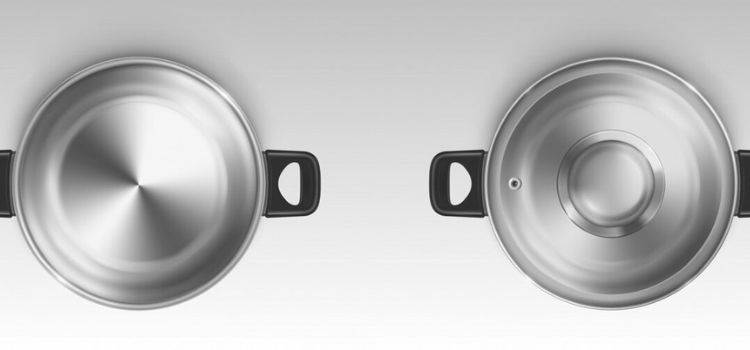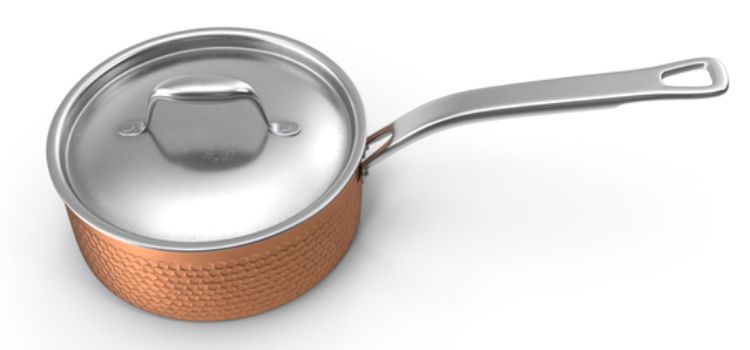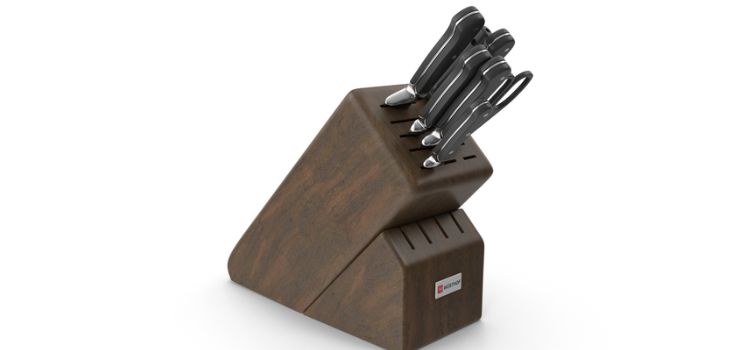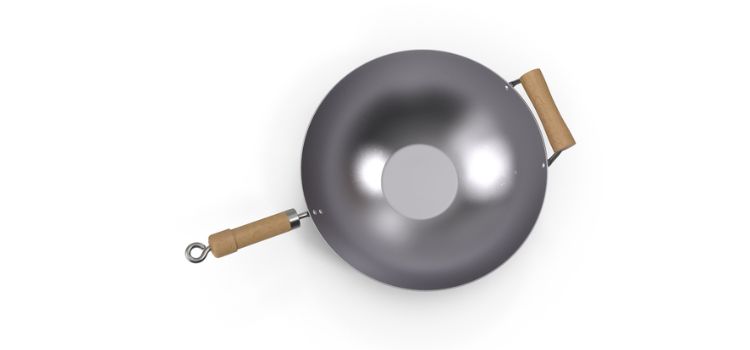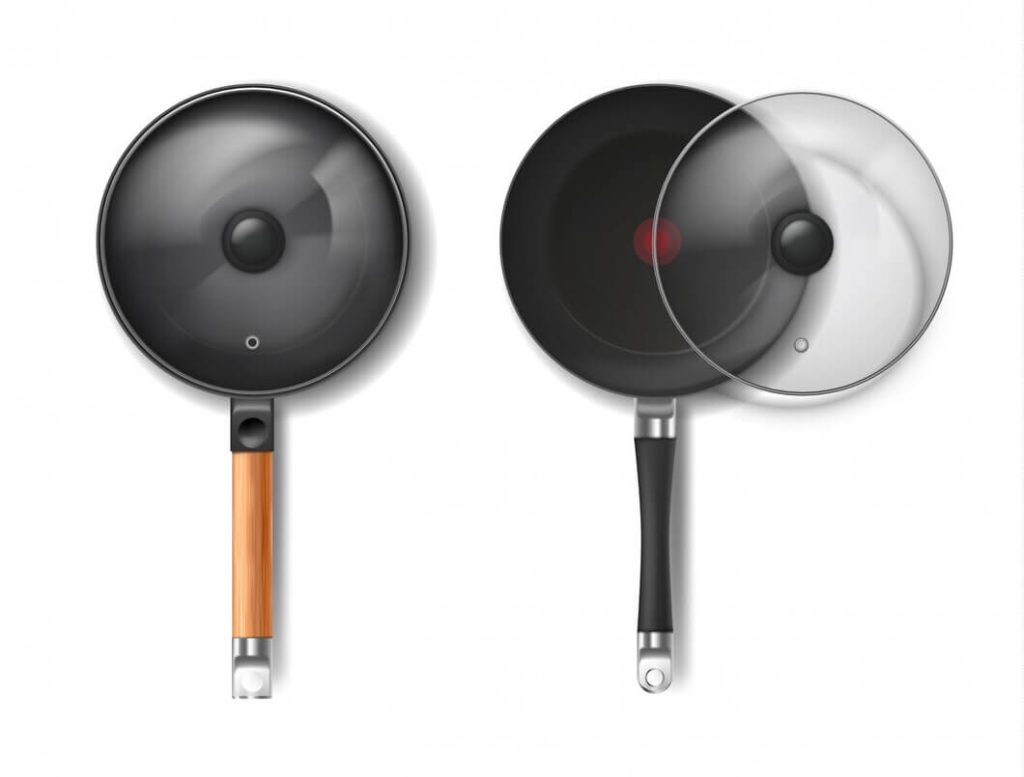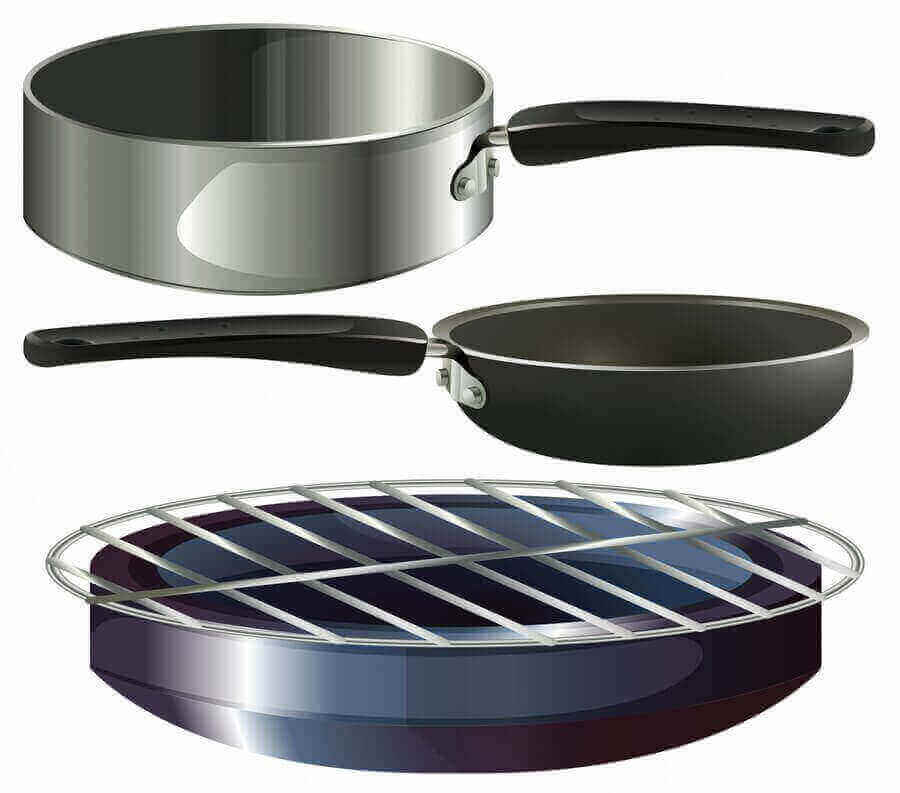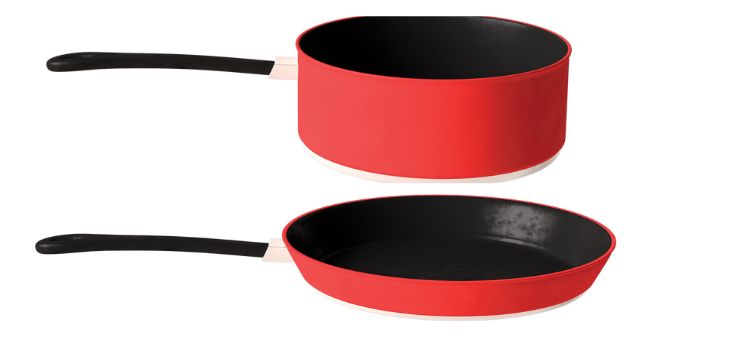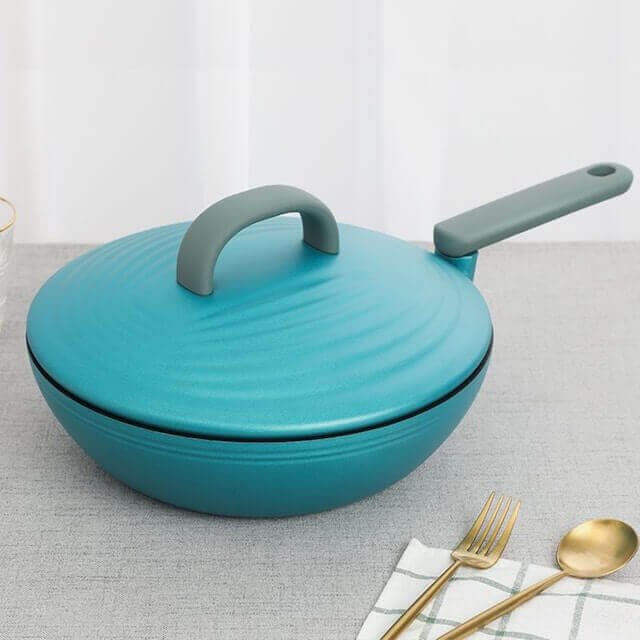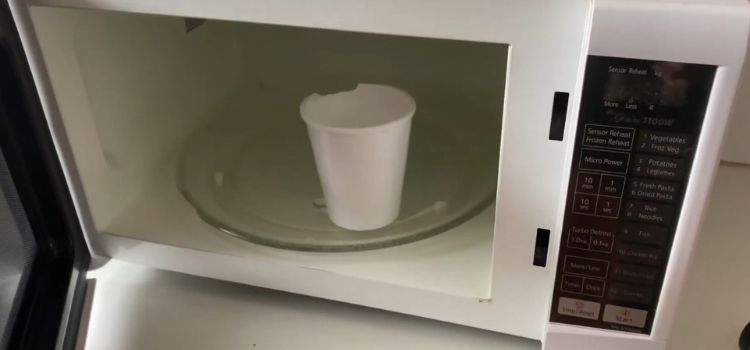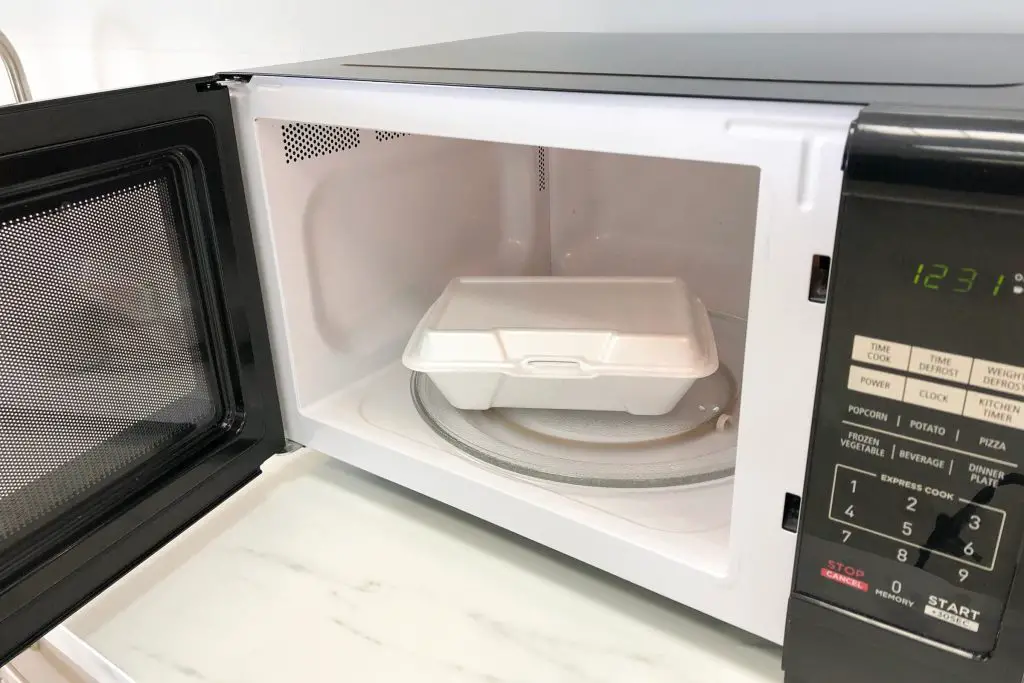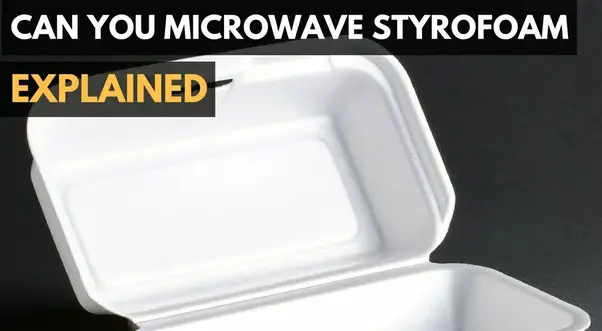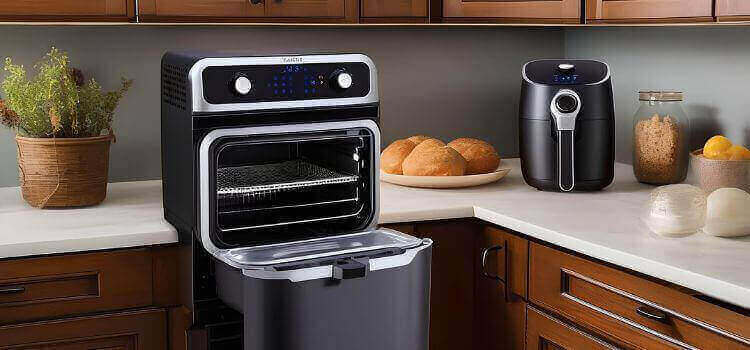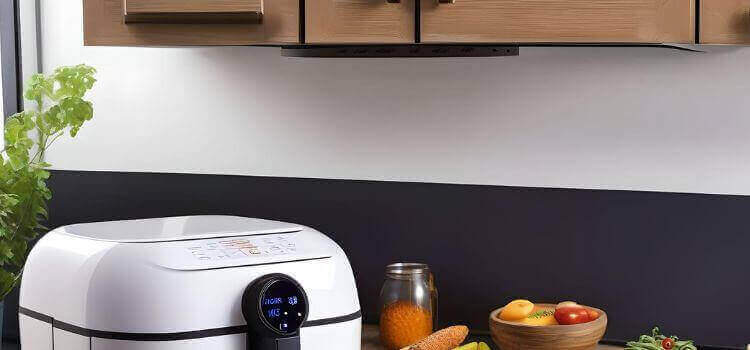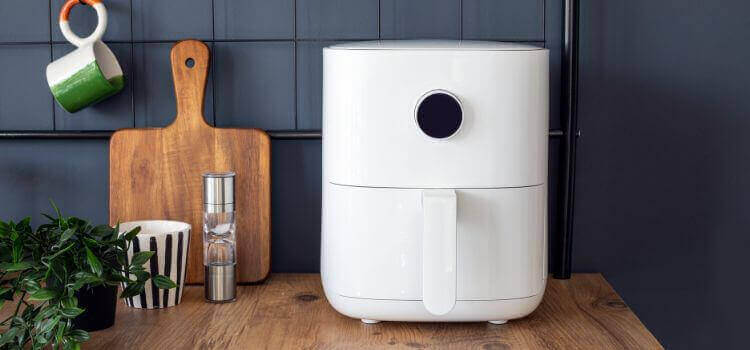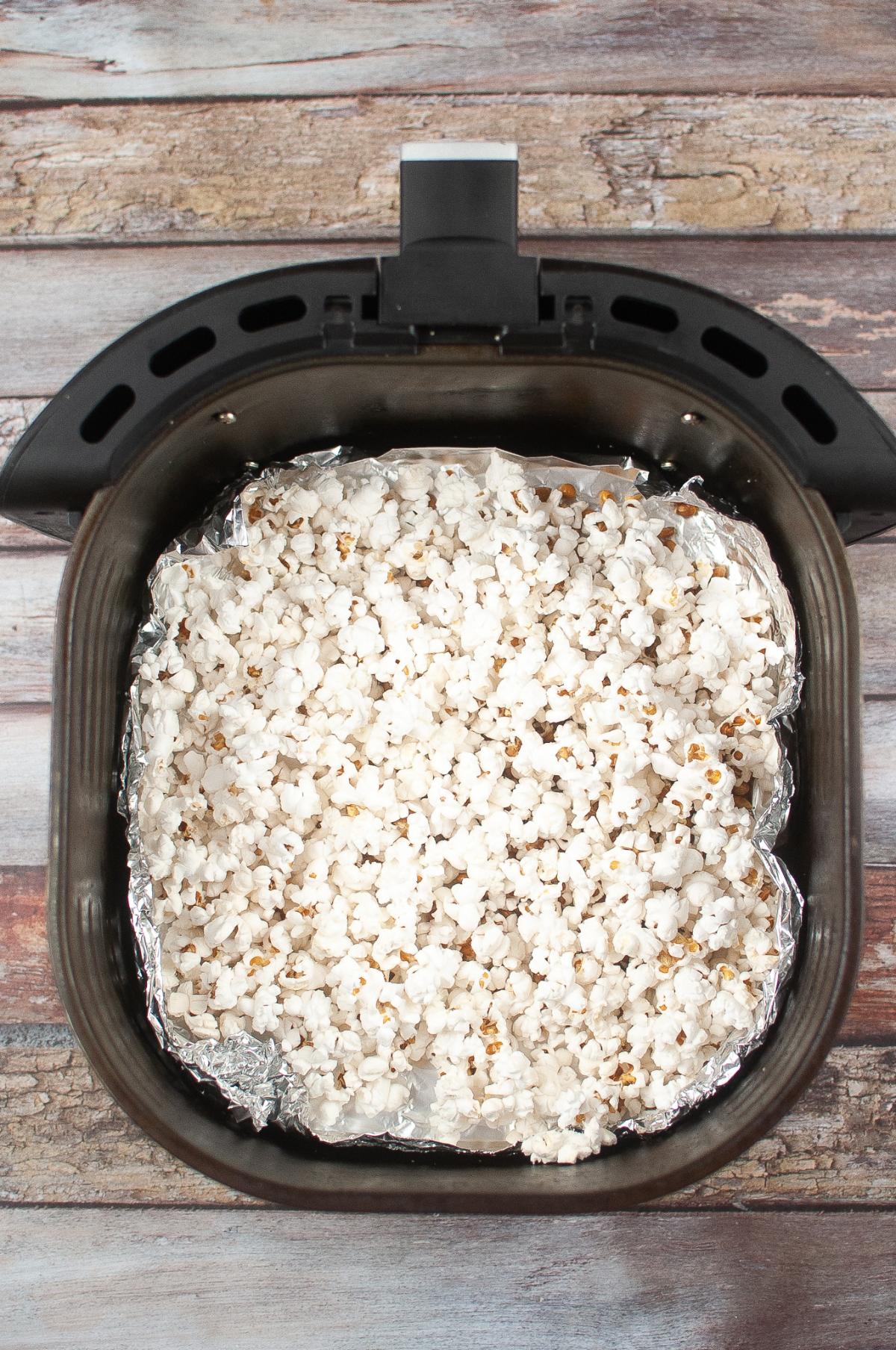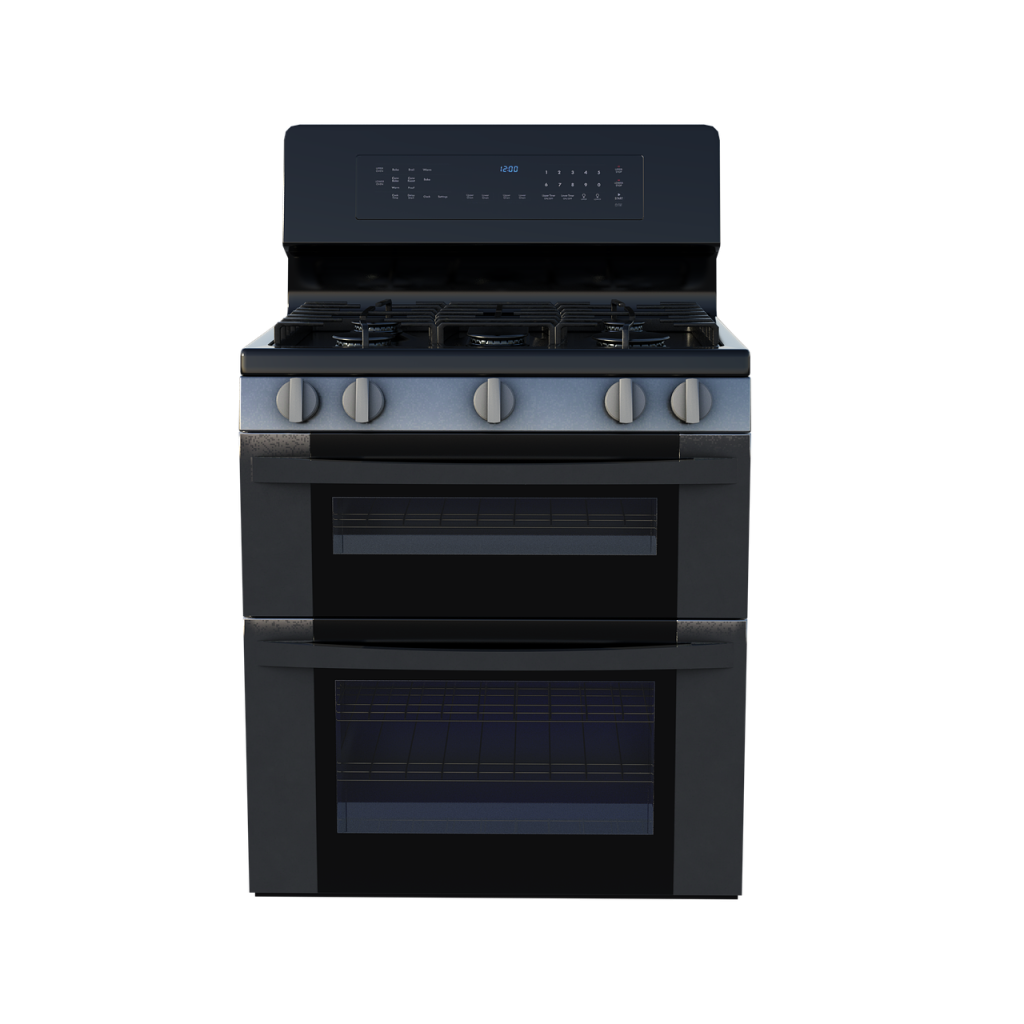A dinner knife is big enough and has a sharp, serrated edge than the butter one which is small and blunt so that it can spread soft spreads easily. The difference between a dinner knife and butter knife can be as simple as how they are made or in their intended function.
The selection of cutlery is a very important thing to consider when you are setting up the table for your meal. Depending on the purpose, you need to offer one of these knives We often dismiss the difference between a dinner knife and butter knife as minuscule.
Knowing the distinct details of each knife and what its purpose is adds to the experience. We will soon explore all of this in our detailed article on the differences between these two knives, their use and where should you place them at dining table.
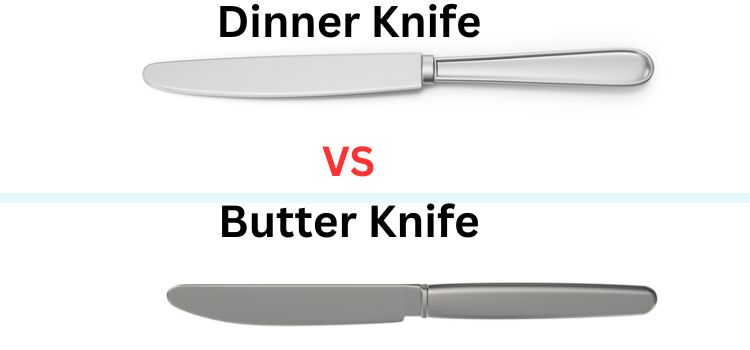
Design And Function of Dinner Knife Vs Butter Knife
Dinner knives and butter knives directly affect how comfortable can we eat while reducing the physical stress throughout a meal. Whether it is the size and shape of the blade or its handle design Every aspect makes a difference on these useful tools.
Blade Shape And Size
The design of each knife is affected by the blade shape and size, which will change how the knife performs. A dinner knife is typically has a pointed, serrated blade that allows for easy cutting of most foods. Butter knives, on the other hand, are like their name sounds — narrow-bladed knives specifically created to glide butter and softer spreads more smoothly.
Handle Design
The way to handle knives is equally significant, as it dictates the user’s gripping state and ease with which they will use. Dinner knife handles tend to be stronger and longer, which allow for a greater weight of blade versus handle and better leverage for thicker portions. On the other hand, butter knife handles are much shorter and lighter, for a more comfortable grip when spreading or with some light cutting.
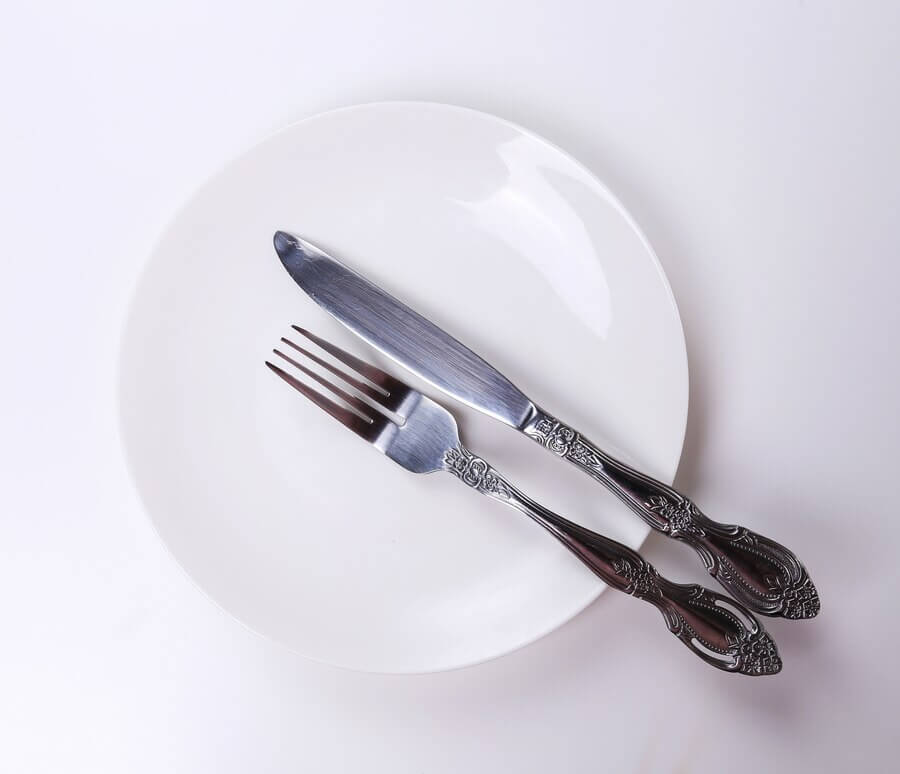
Common Uses of Dinner Knife vs Butter Knife
Dinner Knife Uses
A dinner knife or table knife, is a piece of cutlery that can be used for dining and as part of an informal place setting. A dinner knife can be used for the following purposes:
- Food securing meats, poultry or fish
- Slicing fruits and vegetables
- Reduction of Liquid Spreadability or Soft Spreads
Butter Knife Uses
A butter knife, distinguished by its smaller size and lighter weight, has more specific uses tailored to its design. The common uses of a butter knife include:
- Cutting and spreading butter at room temperature
- Spreading soft spreads with ease
- Serving as a cheese spreader
Etiquette And Usage
Etiquette as well as usage of knives is important when dining. Dinner knife and butter knife usage etiquette is important to observed especially when in the dining room.
Proper Use Of Dinner Knife
When using a dinner knife, it is important to hold it in your right hand, positioning the index finger on the back of the blade for support while cutting your food. The knife should be used to cut and not to scoop or push food. After cutting, place the knife on the plate with the blade facing inwards.
Proper Use Of Butter Knife
Butter knives, on the other hand, are smaller and lighter than dinner knives. To spread butter or anything else on bread or roll, they must be held into the right hand. Serve Pick a bit on your plate. Next you will again use the butter knife to put something on your bread. Put the butter knife on the edge of the butter dish after using
Note that dinner knives and butter knives may NEVER be used for pointing or waving. First of all, it is very rude to punctuate conversation by holding the knife in midair as shown here and using them to gesture while speaking. Always use knives carefully, and their only purpose is to be used as a knife.
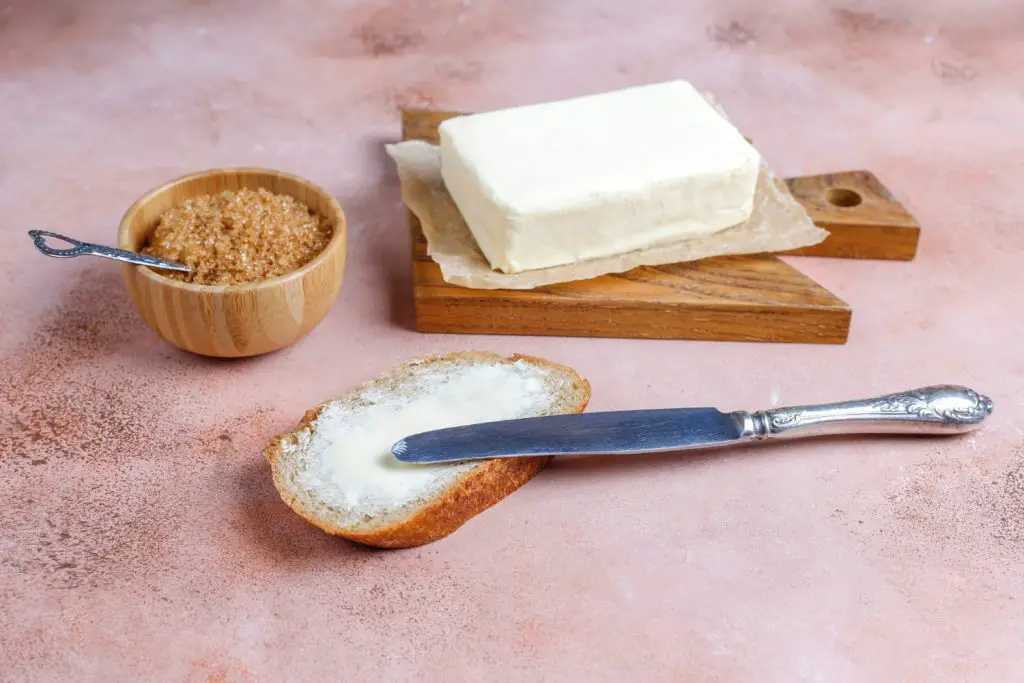
Materials And Construction
One of the differentiators between butter knives and dinner knives are their materials, and build. They can make or break the function, lifespan, and performance of these crucial pieces can be determined by the materials used.
Dinner Knife Materials
High-quality stainless steel is typically used in making of dinner knives. This material is selected for its corrosion resistance, strength, and low price up keep They are also very elegant and have a highly modern appearance to any table setting with the stainless steel dinner knives as well.
Dinner knives may have handles made of stainless steel but in some cases, the handle is either solid or hollow ground out plastic, wood or other material. Each of these handle materials will give your cutlery a different look and feel, offering many choices for various dining styles.
Butter Knife Materials
Butter knives, however, are typically constructed of stainless steel or a blend of stainless steel and whatever the handle is made from. Butter knives are spreaders and therefore do not need to be as rugged or strong as dinner knives.
So, Butter knives are generally lighter and smaller sized than dinner knives. Ideal for smearing anything, the soft-spread with a little more weight and size butter knife is the one. This helps in the selection of materials too as butter knives are used for a much lighter duty.
Some butter knives may also feature handles made from materials like wood or decorative plastics to add a touch of elegance to the table setting. These variations in handle materials allow for a more personalized and visually appealing dining experience.
Care and Maintenance
Proper care and maintenance for your dinner and butter knives is crucial to their longevity and efficiency.
Cleaning and Storage of Dinner Knife
- Hot handwash with mild soap
- Dry immediately to prevent rust
- Avoid dishwasher or soaking
- Do not use abrasive cleaners
Cleaning and Storage of Butter Knife
- Wipe clean with a damp cloth after every use
- Keep in a dry place to prevent corrosion
- Do not expose to harsh chemicals and extended moisture.
Choosing The Right Knife
When it comes to setting a table, choosing the right knife can make all the difference in the dining experience. Two common knives you’ll find in a table setting are the dinner knife and the butter knife. While they may appear similar at first glance, they serve different purposes. Let’s take a closer look at the considerations for each knife to ensure you select the right one for your needs.
Things to Consider When It Come to Dinner Knife
- Size and Weight: Dinner knives are larger and bulkier than butter knives. Size and Weight They increased the size and weight for more torque while cutting denser foods
- Cutting Edge: Look for a dinner knife with a single cutting edge. This is essential for effectively cutting prepared and cooked food.
- Sharpness: Dinner knives are generally not very sharp. They need to be sharp enough to slice through food, but not so sharp that they are dangerous in use.
- Handle design and grip: Ensure the dinner knife you select comes with an ergonomic handle that provides a firm grip. This will allow you to easily manoeuvre and use in your plate.
Considerations For Butter Knife
- Butter knives are smaller than dinner knives and are used for spreading soft spreads like butter.
- They have a blunt end for safety and can also be used for spreads like jam, peanut butter, or cream cheese.
- They are easy to clean and maintain as they are made of stainless steel, a sturdy and rust-resistant material.
Having been familiarized with the main aspects concerning dinner knife and butter knife described above, you may confidently choose the right knife for your table. It is imperative to note that the dinner knife was designed in order to cut through food while the butter knife is purposed for spreading softer spreads. In your dining experience, do not overlook size, weight, characteristics of the cutting edge and comfort.
Conclusion
Therefore, dinner knives are larger and pointed at tips for easily cutting tougher foods, whereas butter knives are nonpointed or rounded tipped, smaller and lighter to spread soft spreads over the bread or chapathi easily. Understanding the differences benefit your eating experience.
Frequently Asked Questions
What Is A Normal Dinner Knife Called?
A normal dinner knife is called a table knife, which is part of a table setting for cutting prepared and cooked food easily.
Is A Butter Knife Smaller Than A Dinner Knife?
Yes, a butter knife is smaller and lighter than a dinner knife mainly useful for spreading soft spreads.
What Are Butter Knives Used For?
It is perfect for cold slicing and spreading butter professionally. They are less than half the size and weight of dinner knives, making them easier to handle for meats. They are unlike dinner knives, which have a sharp, serrated edge.
What Is The Difference Between A Dessert Knife And A Butter Knife?
A dessert knife is the tiny little one and this will be used to cut your desserts also maybe some fruits, a butter knife which is an even tinier small knife you use it only for spreading butter. A knife, almost double the size of a butter knife that assists in cutting the cake.
